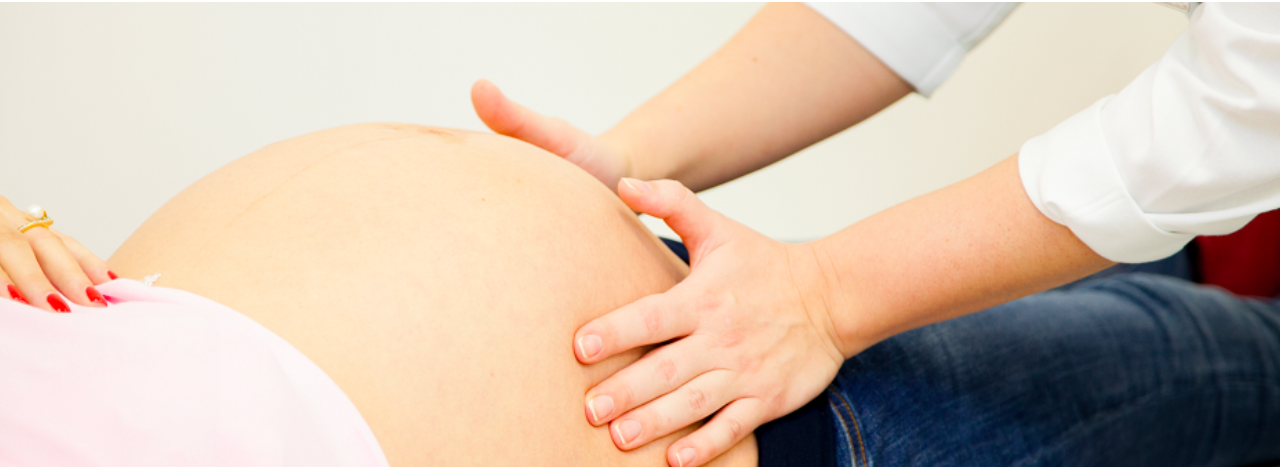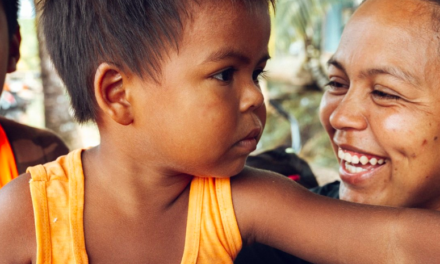
The report, Improving maternal and newborn health and survival and reducing stillbirth, assesses the latest data on these deaths – which have similar risk factors and causes – and tracks the provision of critical health services. Overall, the report shows that progress in improving survival has stagnated since 2015, with around 290 000 maternal deaths each year, 1.9 million stillbirths – babies who die after 28 weeks of pregnancy – and a staggering 2.3 million newborn deaths, which are deaths in the first month of life.
The COVID-19 pandemic, rising poverty, and worsening humanitarian crises have intensified pressures on stretched health systems. Since 2018, more than three-quarters of all conflict-affected and Sub-Saharan African countries report declining funding for maternal and newborn health. Just 1 in 10 countries (of more than 100 surveyed) report having sufficient funds to implement their current plans. Moreover, according to the latest WHO survey on the pandemic’s impacts on essential health services, around a quarter of countries still report ongoing disruptions to vital pregnancy and postnatal care and services for sick children.
“As is too often the case, vulnerability, fear, and loss are not spread equally around the world,” said Steven Lauwerier, UNICEF Director of Health (a.i.). “Since the COVID-19 pandemic, babies, children and women who were already exposed to threats to their well-being, especially those living in fragile countries and emergencies, are facing the heaviest consequences of decreased spending and efforts on providing quality and accessible healthcare.”
Funding shortfalls and underinvestment in primary healthcare can devastate survival prospects. For instance, while prematurity is now the leading cause of all under-five deaths globally, less than a third of countries report having sufficient newborn care units to treat small and sick babies. Meanwhile, around two thirds of emergency childbirth facilities in sub-Saharan Africa are not considered fully functional – meaning they lack essential resources like medicines and supplies, water, electricity or staffing for 24-hour care.
In the worst-affected countries in Sub-Saharan Africa and Central and Southern Asia – the regions with the greatest burden of newborn and maternal deaths – fewer than 60% of women receive even four, of WHO’s recommended eight, antenatal checks.
“The death of any woman or young girl during pregnancy or childbirth is a serious violation of their human rights,” said Dr Julitta Onabanjo, Director of the Technical Division at the United Nations Population Fund (UNFPA). “It also reflects the urgent need to scale-up access to quality sexual and reproductive health services as part of universal health coverage and primary health care, especially in communities where maternal mortality rates have stagnated or even risen during recent years. We must take a human rights and gender transformative approach to address maternal and newborn mortality, and it is vital that we stamp out the underlying factors which give rise to poor maternal health outcomes like socio-economic inequalities, discrimination, poverty and injustice”.
To increase survival rates, women and babies must have quality, affordable healthcare before, during and after childbirth, the agencies say, as well as access to family planning services. More skilled and motivated health workers, especially midwives, are needed, alongside essential medicines and supplies, safe water, and reliable electricity. The report stresses that interventions should especially target the poorest women and those in vulnerable situations who are most likely to miss out on lifesaving care – including through critical subnational planning and investments.
Improving maternal and newborn health further requires addressing harmful gender norms, biases and inequalities. Recent data show that only about 60% of women aged 15-49 years make their own decisions regarding sexual and reproductive health and rights.
The new report was launched at a major global conference held in Cape Town, South Africa. The conference aims to accelerate recovery and progress in maternal and newborn health, promoting targeted investments in primary healthcare as well as innovation and bolder partnerships across programmes that help countries improve survival.
Based on current trends, more than 60 countries are not set to meet the maternal, newborn and stillborn mortality reduction targets in the UN Sustainable Development Goals by 2030.












